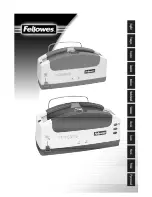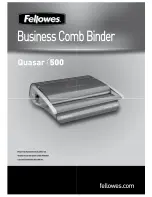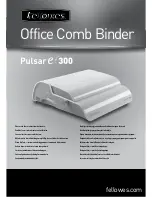
English
43
Foot:
General purpose
foot
Stitch setting:
Zig-zag symbol,
For tears:
D
For appliqués:
C
Stitch length:
0.5 - 4
Foot:
General purpose
foot
Stitch setting:
A or B
Stitch length:
0.5 - 4
A
B
Inserting the embroidering/
darning throat plate
When embroidering, darning or sewing
on buttons, you have to feed in the
fabric yourself. The embroidering/dar-
ning throat plate prevents automatic
fabric feed:
1. Turn the hand wheel towards the
front until the needle reaches the
highest position.
2. Raise the presser foot lever.
3. Insert the embroidery/darning
throat plate into the grooves
provided. The plate precisely
matches the path followed by the
feed dog.
Seams and types of stitch
Straight stitch
For all traditional sewing such as seams,
quilting, etc.
For straight stitching you can select
position "A" or "B" on the stitch
selector. In position "A" the needle is in
the middle, in position "B" on the right-
hand side. "B" is very useful for
hemming
Zig-zag sewing
For reinforcing seams, appliquéing,
attaching lace and so on.
When repairing tears and rips it is ad-
visable to put a piece of backing fabric
under the tear as a reinforcement.
Sew three to five rows, depending on
the kind of fabric and the extent of the
tear.
















































